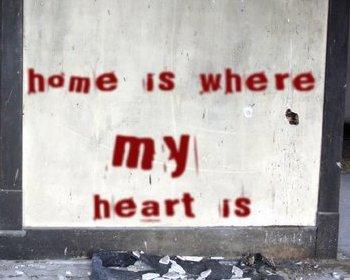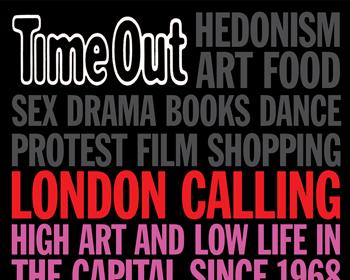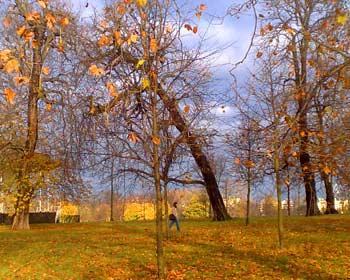A bit of a tipple during a picnic in one of London’s famed parks;
finishing the last pint while wandering the streets on the way to the
next one or a friendly after-work chat outside a pub, pint in hand… a
usual occurrence about town and surely any Londoner’s God-given right?
Perhaps not. Alcohol-fuelled crime has long since been a problem in
England and local councils, in conjunction with the police, are
starting to take steps to combat it. In March 2002, the Borough of
Westminster implemented a pilot Controlled Drinking Zone (CDZ). This
was a huge success, with police citing a decrease in drink related
crimes by 30% and a decrease in other related crimes by 40%.
Consequently, armed with increased funding for this purpose, many of
London’s other boroughs have followed suit and begun to implement
similar policies.
A CDZ, also known as a Drinking Control Area or a No Drinking Zone, is
an area designated by a council in which alcohol cannot be consumed. In
this area, the Criminal Justice & Police Act of 2001 gives members
of the police force the power to ask someone drinking in a public place
to stop. The police also have the power to relieve the drinker of the
alcohol and dispose of the drink or its container by any appropriate
method. Failure to comply with either request would result in the
drinker’s arrest.
However it is important to note that the policy is aimed at reducing
anti social behaviour in public places and that the police power is
discretionary. In its infinite wisdom, the law has managed not to
infringe the drinking rights of the average, social individual. A
sedate imbibing of a little bubbly with friends, or an even rowdier
occasion that is more hijinks than anti social, is unlikely to draw
police attention. However, chances are that if you are partaking in a
little ale whilst hollering at the top of your lungs late at night and
threatening passers by, you are likely to fall afoul of this law. Of
course, the police could only confiscate alcohol from you if you so
happen to be located within a CDZ. However, even if you are
fortuitously located outside of a CDZ, you are probably breaking a host
of other laws. Experimenting with the boundaries of the CDZ is not
recommended.
The law also deems that area surrounding licensed premises
is not a public area. Therefore, the whole of London can rest; the
institution of drinking outside public houses – an absolute necessity
during warm weather and one of the summer’s loveliest past-times – is
not in any way affected by a controlled drinking zone.
If the CDZs work as they should, most of London’s dwellers will
probably remain unaffected. But police and London’s boroughs are
convinced that a CDZ is an effective tool against an unruly minority
which will, ultimately, make London cleaner and safer for all.
Notable Areas covered by CDZs:
- Westminster – following a successful pilot scheme around Westminster
Cathedral, the whole borough, apart from Knightsbridge, became a No
Drinking Zone earlier this year. Therefore, most of the West End is
off-limits for anti social street drinking including Leicester Square,
Covent Garden and Piccadilly Circus.
- Camden – a 12 month pilot CDZ was implemented in October 2004. The
area covered constitutes the streets around Camden Town Tube,
stretching northwards to entirely include Kentish Town High Road and as
far south as Mornington Crescent Tube.
- Kensington & Chelsea – 27 streets around Earl’s Court Station.
- Hammersmith & Fulham – a Controlled Drinking Area applies to all
of Vanston Place, all of Jerdan Place, the churchyard of St John’s, the
section of North End Road between Dawes Road and Walham Grove.
- Lambeth – the area around Waterloo Station.
- Croydon – the Town Centre and the area around East Croydon Station
- The City – the Square Mile has not yet implemented any CDZs but is
currently consulting on the issue.


